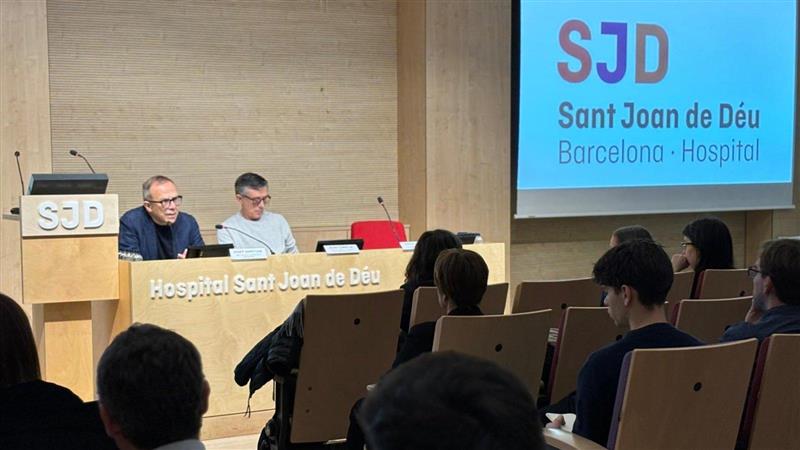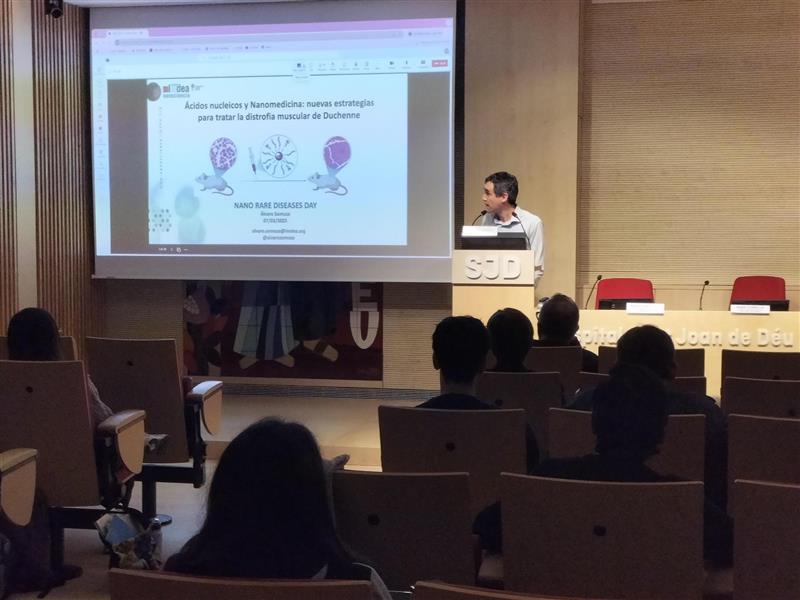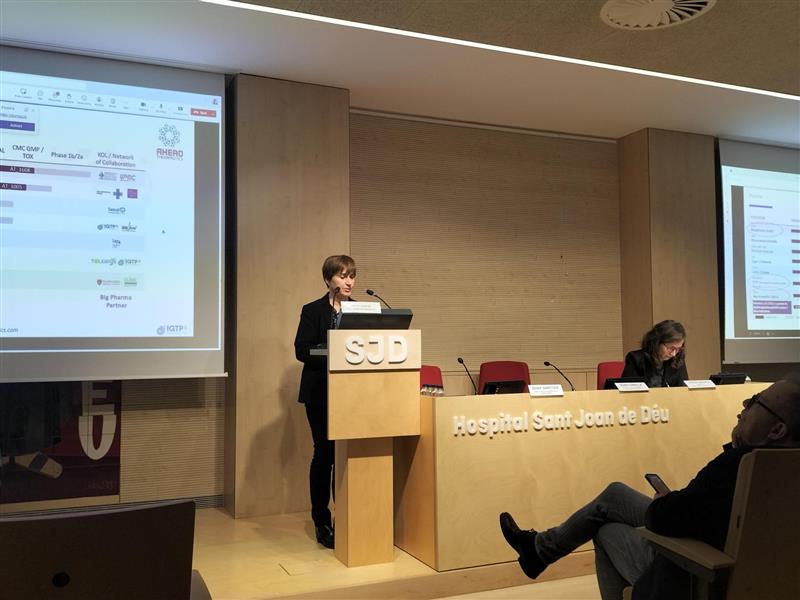Experts in nanomedicine from various fields met today, 07 March, to present the latest advances in the diagnosis and treatment of rare diseases. The Nano Rare Diseases Day event, now in its sixth year, is part of World Rare Disease Day and is co-organised by the NANOMED Spain platform and the SJD Barcelona Children’s Hospital.

Rare diseases are considered to be those that affect a small number of people in a population, and it is estimated that there are between 5000 and 7000 such diseases, 4000 of which have no treatment or cure. In Europe, a disease is considered rare if it affects fewer than 5 people per 10,000 inhabitants, but in other parts of the world these values differ. In any case, according to data from Rare Disease Day, it is estimated that more than 300 million people worldwide suffer from one of these pathologies.
This year’s Nano Rare Diseases Day event was attended by more than 50 people and provided a space for researchers, clinicians, industry representatives and patients to share knowledge and experiences. This year’s presentations focused on the latest advances in nanomedicine applied to rare diseases, highlighting its potential for early diagnosis and the development of new therapies.
The conference was opened by Josep Samitier, director of IBEC and scientific coordinator of the NANOMED Spain platform, and Joan Comella, director of the Institut de Recerca Sant Joan de Déu (IRSJD). Both highlighted the fundamental role of collaboration in addressing the challenges of rare diseases and its key role in bringing research results to society.
Samitier stressed that “for research to reach the patient, we need collaboration among researchers, hospitals and companies. In this sense, one of the objectives of the Spanish Nanomedicine Platform is to create and implement public-private collaboration initiatives, both nationally and internationally. For his part, Comella mentioned some of the many collaborations and networks in which the Hospital Sant Joan de Déu participates, with the aim, among other things, of raising funds to accelerate research into rare paediatric diseases. Comella also wished to emphasise that the approach to rare diseases must be different for children and adults. Rare diseases in children are mainly due to developmental problems, while in adults they are mostly caused by genetic factors.
The first scientific presentation was given by Josep Samitier, who discussed the role of nanomedicine in the development of tools such as biomarkers and in vitro models to improve diagnosis and drive new technologies for treatment. Samitier mentioned some of the research currently being carried out at IBEC, such as organs-on-a-chip, organoids and nanoparticles, which, among other things, allow in vitro studies to better understand pathologies and analyse the effectiveness of drugs in a personalised way.
Next, researcher Álvaro Somoza from IMDEA Nanoscience presented new strategies based on nucleic acids and nanomedicine for the treatment of Duchenne muscular dystrophy, a topic also addressed by Andrés Nascimento from the Sant Joan de Déu Research Institute, who mentioned the new challenges of gene therapy for this disease.
Researcher Marta Vives Pi, from the Germans Trias i Pujol Research Institute and Ahead Therapeutics SL, focused her presentation on the use of liposome-based nanoparticles and immunotherapy for the treatment of rare autoimmune diseases, while researcher Jordi Duran, from the Institut Químic de Sarrià, talked about Lafora neurodegenerative disease and the use of mRNA nanoparticles to develop effective therapies.


In addition to the topics mentioned above, the day also included presentations on paediatric cancer, by Ángel Montero from the Sant Joan de Déu Research Institute, and on personalised medicine focused on SMA (Spinal Muscular Atrophy) disease, by Eduardo Tizzano from the SJD Barcelona Children’s Hospital.
The importance of patient associations and their involvement and impact on research was reflected in the presentation by Jordi Cruz of the SJD Barcelona Children’s Hospital and Eduard Goñalons, who presented the Noelia Foundation and its work in supporting patients with CMD-Col6 (collagen 6 deficiency muscular dystrophy) and their families.
The celebration of World Rare Diseases Day and the organisation of events such as Nano Rare Diseases Day are essential to raise awareness of these pathologies and to promote research and the development of new therapies. In this context, nanomedicine is presented as a key tool to address the challenges posed by rare diseases and to improve their diagnosis and treatment. Collaboration between researchers, clinicians, industry and patients is essential to continue advancing in this field, to improve the quality of life of patients and give hope to millions of people around the world.





